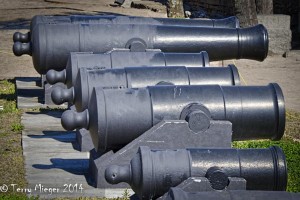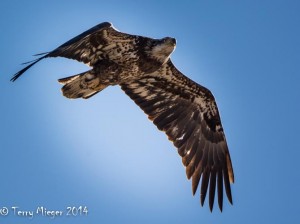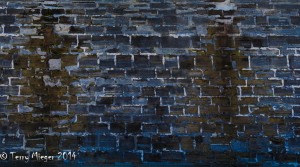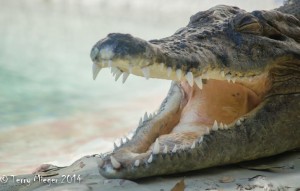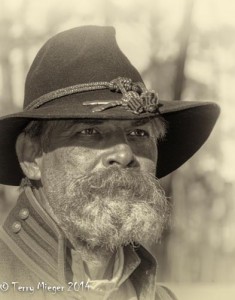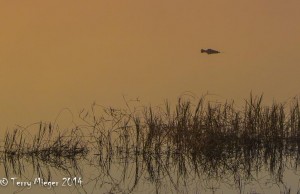Images from the Id – Focus stacking or what you get is more than what you see.
The human eye has some very special abilities which tend to go unnoticed. One of these is the almost instantaneous focusing off the lens so that it can focus on objects very quickly giving an almost infinite depth of field. You need to remember, depth of field is the “depth” (distance) of focus close and near that is in focus. In a photographic image, as I have said many times, first control of depth of field is the aperture setting. The smaller the opening (bigger the number) the greater the depth of field
Did I promise something political this week? I was thinking about the Tea Party at the same time as shallow depth of field. Think about it.
There are some built in trade-ins using the aperture to control it. Smaller aperture means longer shutter speed, try that in the wind. Another way around it is focus stacking. Take two or more shots with different areas in focus and combine them so the in focus areas show through and the out of focus are hidden. This is sort of what the brain and eye does.
There are two ways I do it, I am sure there are more, These are what I use. Photoshop Creative Cloud- if you don’t have it buy it!!!! Search for “Adobe Photographers Bundle” for $9.99/month you get Photoshop CC and Lightroom 5.4. and all of the updates. I want to emphasize this is an unbelievable deal and every serious photographer should have it. There are many tutorials available on the specific method but basically you load the stack of images that have different focuses as layers, very easy to do from Lightroom. Then in 2 steps the software masks the layers and once “flatten” give you one file all in focus. Advantages of this system great integration with Lightroom (That’s important to anyone who shoots a large number of images.) It’s very simple, cheap, great for landscapes and can work without a tripod. Disadvantages, Can be difficult to produce the original images especial macro partly because you sometimes need a large number of images for macro.
The second method is Helicon software for macro. Let me warn you this is not cheap. There are two parts to the software. The first Helicon Remote allows you to connect the computer to the camera and the software controls the camera. It is a little buggy and has an interesting learning curve but it can give you up to hundreds of stacked images, if you want them but you can control that. The second application combines the stack based upon their focus. Here again there are a lot of tutorials available. Advantages, great for macro, does a great job of processing, make control of the image taking simple, large number of images possible with great control of the number, faster than Photoshop. Disadvantages, expensive, a little bit difficult with Lightroom, has some bugs which you always have to be aware.
This week’s Photo
“Coffee Bean”; 20 stacked images with different parts in focus each with f/8.0, 1/2 sec., 105/157 mm.. 0 EV ISO 100. Images captured with Helicon Remote and processed in Helicon Focus (although Photoshop could have done it) Final image adjusted in Lightroom 5.4







